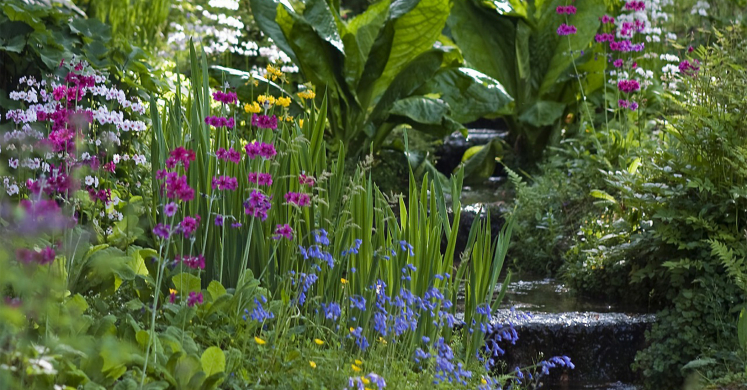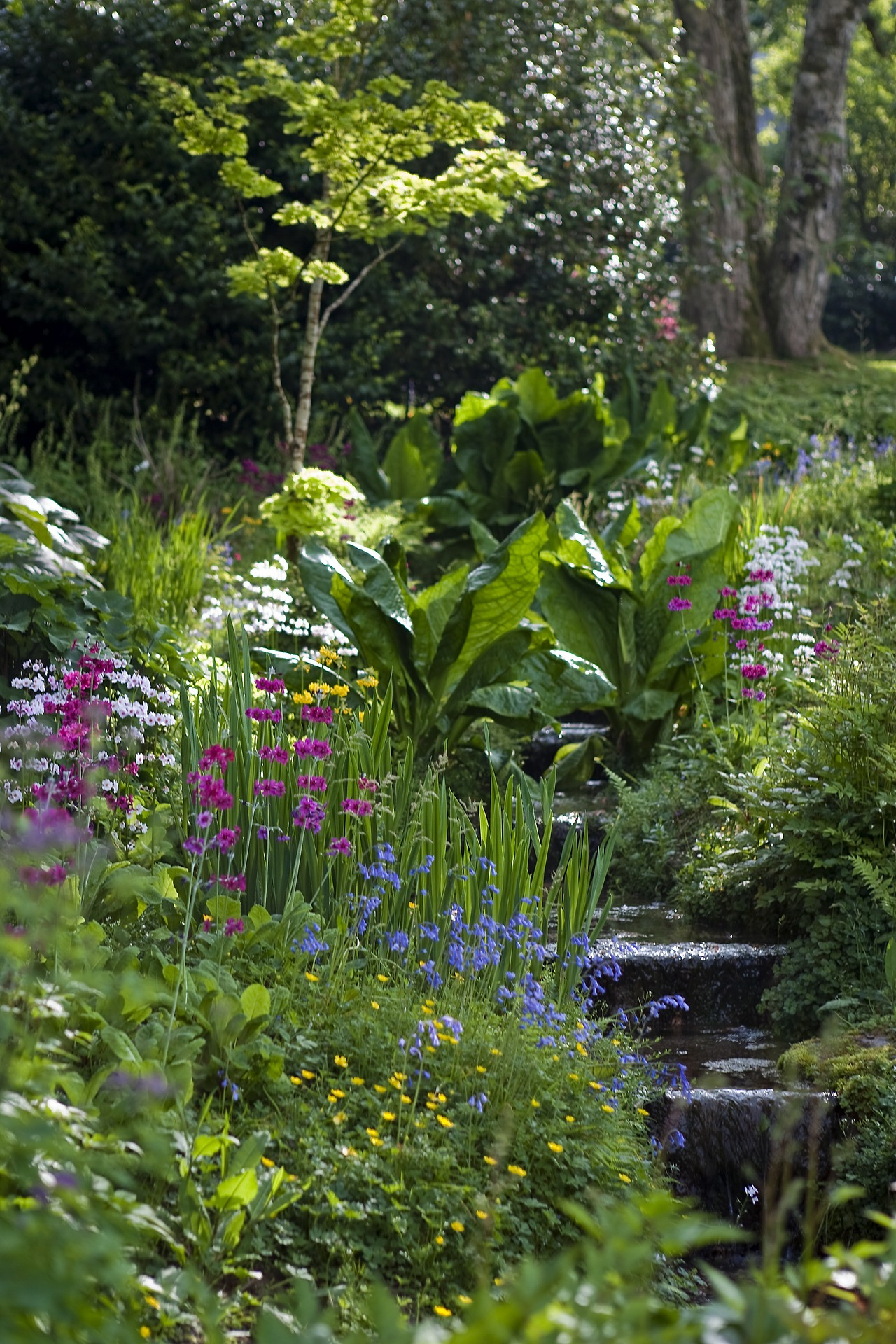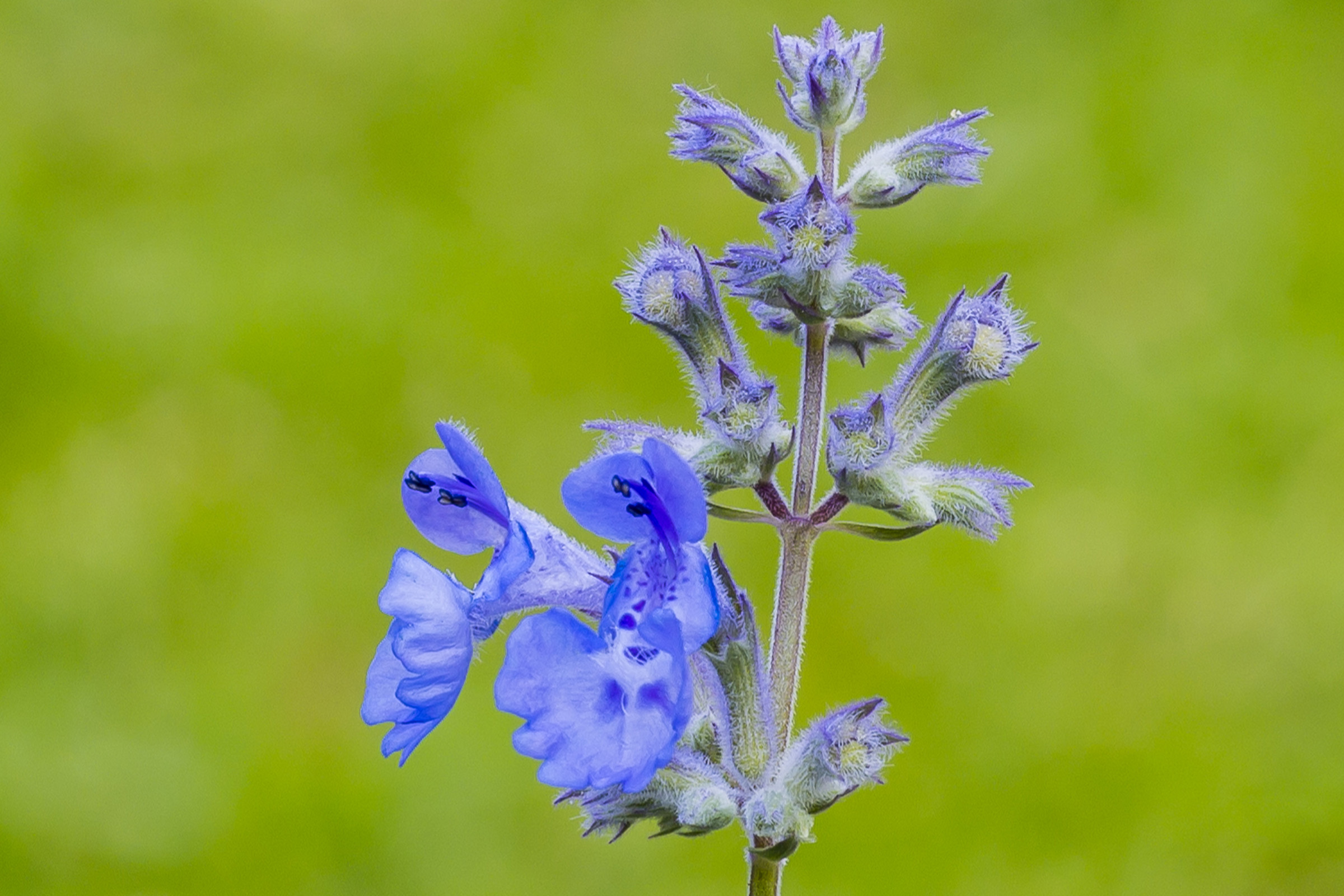Blog

Ask Dr. Phipps: Hillside Help
Have a question about your perennials, houseplants or turf grass? Worried about pests in the garden, hydrangeas that won't bloom, or tomatoes that died on the vine? Dr. Phipps can help! Ask Dr. Phipps is a free service provided by Phipps Master Gardeners. Contact us with your questions and you may be featured in an upcoming blog post!
Q: We have a hillside that is covered in ivy. It is difficult to access and weeds have gotten in and taken over. Last year we spent about 2 hrs. a week just to get a minimal control over the tall weeds. I am looking for another option this year that is less maintenance. Can you suggest plants that would be good for a hillside? And let me know the best way to get them started. The area is about 50 ft. long by 6-10 ft. wide.
A: Hillsides are definitely a challenge in the area. You had two main questions, what to plant and how to get started. Both of these questions are answered below.

What to plant: The following are some suggestions for combinations of plants that will give you interest year around, including evergreens, flowering plants and fall color. These plants also have a variety of heights, shades of green and foliage texture.
Shrubs: It is nice to use some shrubs on hillsides as they cover a large area and shade out weeds that try to take over. They also help to stabilize the hillside by holding the soil in place. Here are some great shrub options for a hillside planting:
- Evergreen - Siberian cypress (Microbiota decussate), creeping juniper (Juniperus horizontalis), blue star juniper (Juniperus squamata 'Blue Star'), and Japanese yew (Taxus cuspidate)
- Deciduous - dwarf forsythia (Forsythia 'Arnold Dwarf'), shrubby St. John’s wort (Hypericum prolificum), and fragrant sumac (Rhus aromatic).
Perennials: Russian sage (Salvia yangii), walker’s low catmint (Nepeta racemosa 'Walker's Low'), purple coneflower (Echinacea purpurea), yarrow (Achillea millefolium), and liriope do well on hillsides. They are also less attractive to deer that may tromp your hillside.
Ornamental Grass/Sedge: little blue stem (Schizachyrium scoparium), switch grass (Panicum virgatum), and Pennsylvania sedge (Carex pensylvanica) and other grasses are important hillside helpers as their deep roots prevent erosion and hold soil in place.
Groundcovers: sedums, wild strawberry (Fragaria virginiana), St. John’s wort (Hypericum calycinum), violets (Viola spp), spotted dead nettle (Lamium maculatum) come up early to compete with spring weeds and will spread to cover large areas. Use a mixture of different ground covers as they will grow together nicely and reduce weed pressures.

Planning:
When planning your hillside, if possible, include some different varieties of plants as opposed to a monoculture. As you have observed with the ivy, if there is a problem within the monoculture, you may lose the entire planting. In addition, having a variety of plants with different growth patterns will cover more ground and compete better with weeds than one plant.
Including some large rocks throughout the bed will give structure to the hillside and also provide a focal point for the flowering plants. For example, three large rocks below a shrub with phlox flowing from the rocks create a visual interest on the hill. This would be more interesting than perhaps a whole hillside of star juniper, sedums or fragrant sumac. In addition, rocks can act as stepping stones offering secure spots to move across the hill.

How to get started:
1. Have the soil tested to determine if there are any missing elements and amend accordingly. Penn State Extension will provide a soil test at minimum cost to home gardeners. Learn more about soil testing here.
2. Start with a weed-free soil so that your new plants are not competing for water and nutrients with the weeds. Remove the ivy and weeds by smothering with newspaper or cardboard and mulch. Do small sections at a time and follow these two steps: First, cut back the weeds to the ground - a weed wacher will work. Second, smother and plant in one area (starting with those furthest away) and slowly make your way across the hillside. You can plant into the mulch almost immediately. Another way to kill the weeds without using harsh chemicals or hand pulling out all of the weeds is to solarize the hillside by covering the weeds and ivy with black or clear plastic. Use a weed whacker to cut all of the weeds back close to the ground then cover with plastic and use wood or bricks to hold the plastic down tightly. This is important as wind and rain can slowly move the plastic and all your work will be for naught if the weeds don’t stay covered. Solarizing will take longer than mulching (up to a season or more) but it may give you time to get a plan together and purchase the plants.
3. Plant according to directions and water and weed until well established. Take before and after photos so that you can see your progress.
If all of this sounds like a lot, you may want to consult a landscape company to help design and install your planting.
Read more ideas about managing hillsides here.

